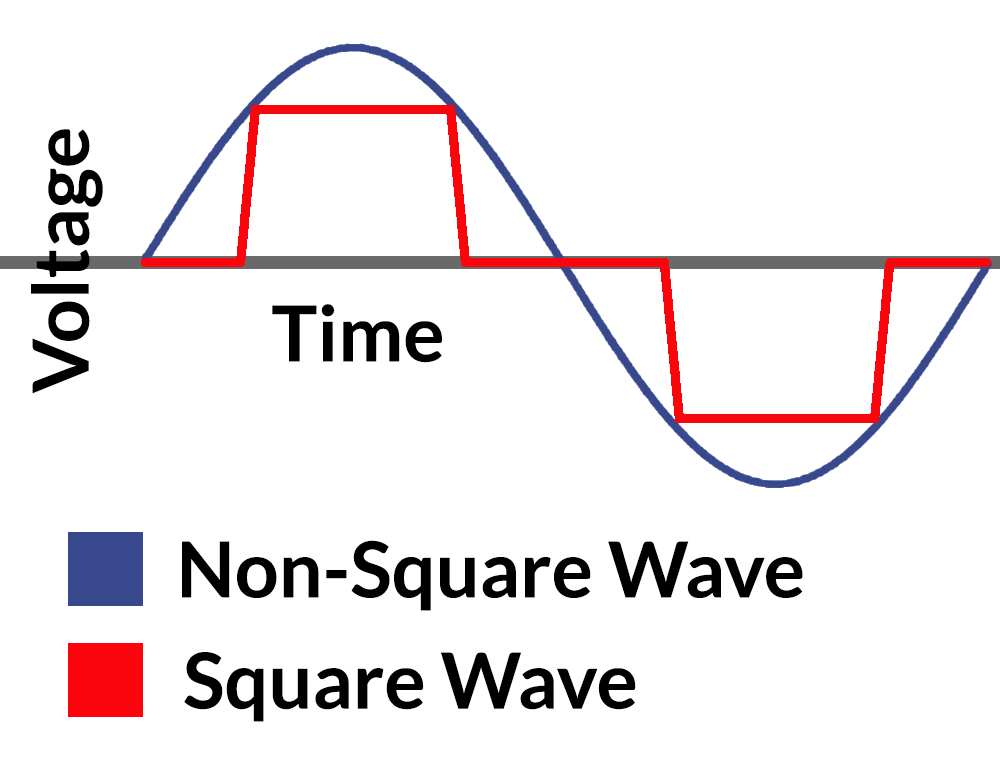There’s no need to sugarcoat it. We know as far as hobbies go, welding’s quite a bit more dangerous than miniature trains or lawn bowling. But we’re safe, right? We wear our helmets, use gloves and generally try our best not to catch anything on fire. For the most part, the welding community is very conscious of the immediate dangers that welding presents. It’s the slow hazards that tend to take us down, the ones we can’t see. Here’s 2 of the worst invisible dangers in welding and how to deal with them.
METAL FUME FEVER
Every time you lay a bead, the material you’re heating up releases fumes into the air around you. These fumes can be bad news bears for anyone breathing them in. Over the decades, this illness has been given several nicknames including metal fume fever, brass shakes, galvie flu, and everyone’s favorite: Monday morning fever. Generally you’ll start to have flu-like symptoms and a sweet or metallic taste in your mouth. Many of the symptoms and their severity depend on what you’ve been welding. Galvanized steel fumes can really do a number on someone’s body while other fumes might cause only a mild amount of pain.
If you start to experience any of the problems above, stop welding and go home. In 1 to 2 days, the flu-like symptoms should go away (although most welders say it takes at least a week to fully recover).
The real problem with metal fume fever is prolonged exposure. Very few welders have died the first time they become ill. However, after a couple years, the damage starts to add up. One of the best ways to protect yourself is keeping these fumes from ever reaching your lungs. Some welders have asked what good a fume extractor actually does. By keeping the nozzle of a fume extractor at the appropriate distance from your weld, 99%+ of the harmful fumes are sucked up before they can reach your face. If you do most of your welding indoors, a fume extractor is a great tool to help keep you safe. It’s also important to note that different welding environments require different fume extractors. Feel free to lean on the experts if you’re unsure about the size of fume extractor you need in your shop.
Siderosis is also a serious invisible hazards welders have to face. As you weld, you can release iron oxides into the air. These iron oxides can make contact with human tissue and get lodged in your body. After a long time, these iron deposits can really build up and start wreaking some major havoc. The 2 areas they tend to cause problems with are in the eyes and the lungs. What it does to your body gets pretty nasty, so we’ll stay on the civil side by just mentioning shortness of breath, scarring, inflammation, blindness and death.
Again, one of the best ways to prevent this is by preventing at many of the welding fumes from contaminating your body in the first place. You can use a welding hood with a built-in filtration system. This does a good job of protecting you, but those fumes will still be lingering around your workshop if you don’t have good airflow.
The best thing you can do is use a fume extractor. Generally these magnificent machines can cost a small fortune, although welding supplies just introduced a new line of ACE fume extractors that come at a great price. These ACE portable powerhouses are perfect for sucking those toxic fumes up. It’s by far one of the most economic solutions for avoiding metal fume fever, Siderosis and the other 10,000 illnesses we don’t have the stomach to cover. Fume extractors aren’t necessarily required, but if you haven’t looked at one before, why not check them out? Click here to see our full line of ACE products.








